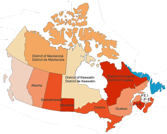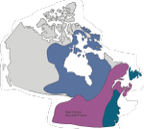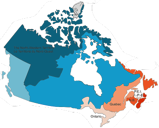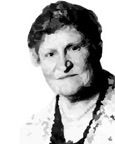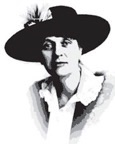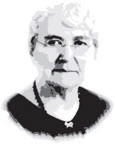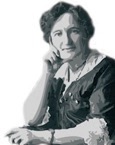
Grade 5 Social Studies Alberta Resouces


It is important to know what is going on in the world. I know it sounds shocking but there’s a world outside of SportsCenter & ESPN... say whaaaat??. Things that happen across the world can affect us here, just like what happens here in Canada has consequences in other places.
Now, get off Instagram, stop playing your PS5 (for a second) and plug in to what’s going on.



If you ever plan to go traveling it is important to know where you are going. If you don’t know where Europe is, or where the Indian Ocean is, it makes it kind of hard to travel there. Staying closer to home though, it’s also important to know the provinces and territories in Canada. Can you name them all?
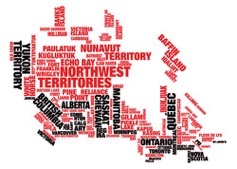

Canada
World

Have you ever looked at a map of Canada? It’s a huge country! We are the second biggest country in the whole world!! From the Pacific Ocean in the west to the Atlantic Ocean in the east, to the Arctic Ocean in the north, there are lots of different regions and environments. These regions, make Canada one of the most interesting places in the world. Check it out!
Click on a region for more information

Great Lakes/St. Lawrence Region
Arctic Region
Cordillera Region
The story of Canada is rich in detail, story and culture. From the voyageurs to the Aboriginal People and First Nations, from the British and French Empires to the United Empire Loyalists, the creation and development of our nation is a fascinating story which we will be learning about this year. Get in the time machine!



Canadian Confederation was the process in which the Dominion of Canada was created on July 1, 1867. Four British colonies joined together to create this Dominion of Canada. Canada East became Quebec, Canada West became Ontario and they were joined by New Brunswick and Nova Scotia. These four provinces formed the foundation of our country - Canada was born.
Canada steadily grew in size, with more and more provinces joining the country and in 1871, British Columbia agreed to join Canada. There was one condition though - build a railroad that would connect the West Coast to the East Coast. The construction of the Canadian Pacific Railroad connected Canada together and allowed immigrants to settle across the vast country.
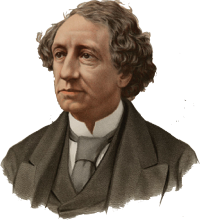
Sir John A. Macdonald
Canada’s First Prime Minister
“Father of Confederation”
A Chat with John A. Macdonald [Video] | Confederation: The Creation of Canada [Video] | Historica Minute: Responsible Government
Historica Minute: John A. Macdonald [Video] | Historica Minute: Sir George-Étienne Cartier [Video]
CBC Kids: How Did Canada Become a Country? | John A: Birth of a Country [Feature Film]
As the railroad spread across the country, settlers and homesteaders went with it. Towns and villages began to appear all across the open prairies. People came from all over the world to enjoy the opportunity to start a new life, with large pieces of land and the freedom of the Canadian west.






The North West Mounted Police, created in 1873 by Prime Minister Sir John A. Macdonald, was formed to bring law and order to the West and to establish relationships with the First Nations. They were sent West to deal with the criminals and whiskey traders that were taking advantage of the people and the land. The NWMP was Canada’s first national police force and exists today as the Royal Canadian Mounted Police. These Mounties brought law and order to Canada’s new western territories.
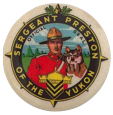


TV Show Sergeant Preston of the Yukon
The Force in the North
Introduction | Protecting the Law | Life as a Mountie
As the decades past, more and more people chose to come to Canada and make a life here. Canada was growing up and the world was changing too. With World War I (1914-1918) and then World War II (1939-1945), what it meant to be Canadian went through some major changes. Students will be learning about the impacts of the two wars, the Great Depression, the Famous Five and effects of a growing patriotism across Canada.

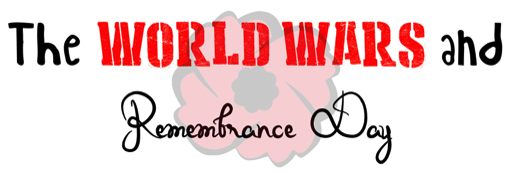




Canadian Expeditionary Force
World War I
Calgary Highlanders
World War II
Royal Canadian Artillery
World War II
Kings Own Calgary Regiment
World War II
World War I and World War II saw young men from Calgary volunteer to serve their country overseas. The emblems above are the regiments in which many of them would have served.
Profiles of Courage | Canadian Stories of Service | BBC: What is Remembrance Day? | Letters Home from Soldiers
War Museum.ca: Remembrance Day | WarMuseum.Ca: Canada and WW1 | The Battle of Vimy Ridge
Over the Top - Life in the Trenches (Interactive) | Canada's Naval History | Democracy at War: Canada & WW2
To mark the 100th anniversary of the beginning of the First World War, CBC Radio’s Beza Seife narrates The Bugle and the Passing Bell. The voices and stories of those who fought in World War One are brought back to life in this 10 part series.
Warning: Some of the content may be disturbing in nature. Parental discretion is advised.
SOCIAL STUDIES
Take a minute (or 59 minutes) to watch this amazing documentary about Canada. It has incredible shots of the amazing cities and landscapes in our country.
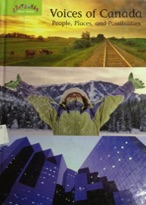
Voices of Canada
People, Places and Possibilities
Chapter 1 - Exploring Canada
Chapter 2 - Atlantic Region
Chapter 3 - Gr. Lakes/St. Lawrence Region
Chapter 4 - Canadian Shield Region
Chapter 5 - Interior Plains Region
Chapter 6 - Cordillera Region
Chapter 7 - Arctic Region
Chapter 8 - Building Canada
Chapter 9 - Changing Ways of Life
Chapter 10 - Through Bad Times & Good Times
Chapter 11 - We Are a Country
Chapter 12 - Caring for Canada
Songs to Help You Learn
Stompin' Tom Connors: The Capital Song | Kids Learning Tube: Canada Song
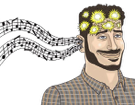




A video series of 52 stories focused on the stories of Canada's newcomers and immigrants, exploring their histories, struggles and determination.
North West Mounted Police - A Tradition in Scarlet
Introduction | Birth of a Police Force | Recruitment & Training | The March West
Establishment of the Force | Railroad & the Rebellion | Growth of the Force
Establisment of a National Police Force | Biographies of NWMP Officers

The Growth of Canada's Map | The Canada Time Series
Canada through the 1700s | Canada through the 1800s | Canada through the 1900s
"What's in a Name?" Project
Use the following sites to research how different towns or cities in Alberta and Canada got their names.
What is this Canadian city named after? | Canadian Encyclopedia: Cities, Towns & Populated Place
How Canadian Provinces/Territories/Cities Got their Names | Place Names in Canada of Indigenous Origin
1868-1931
1873-1951
1849-1931
1868-1965
1868-1933
Learn more about how 5 Canadian women stood up for what they believed in and changed the country forever.





